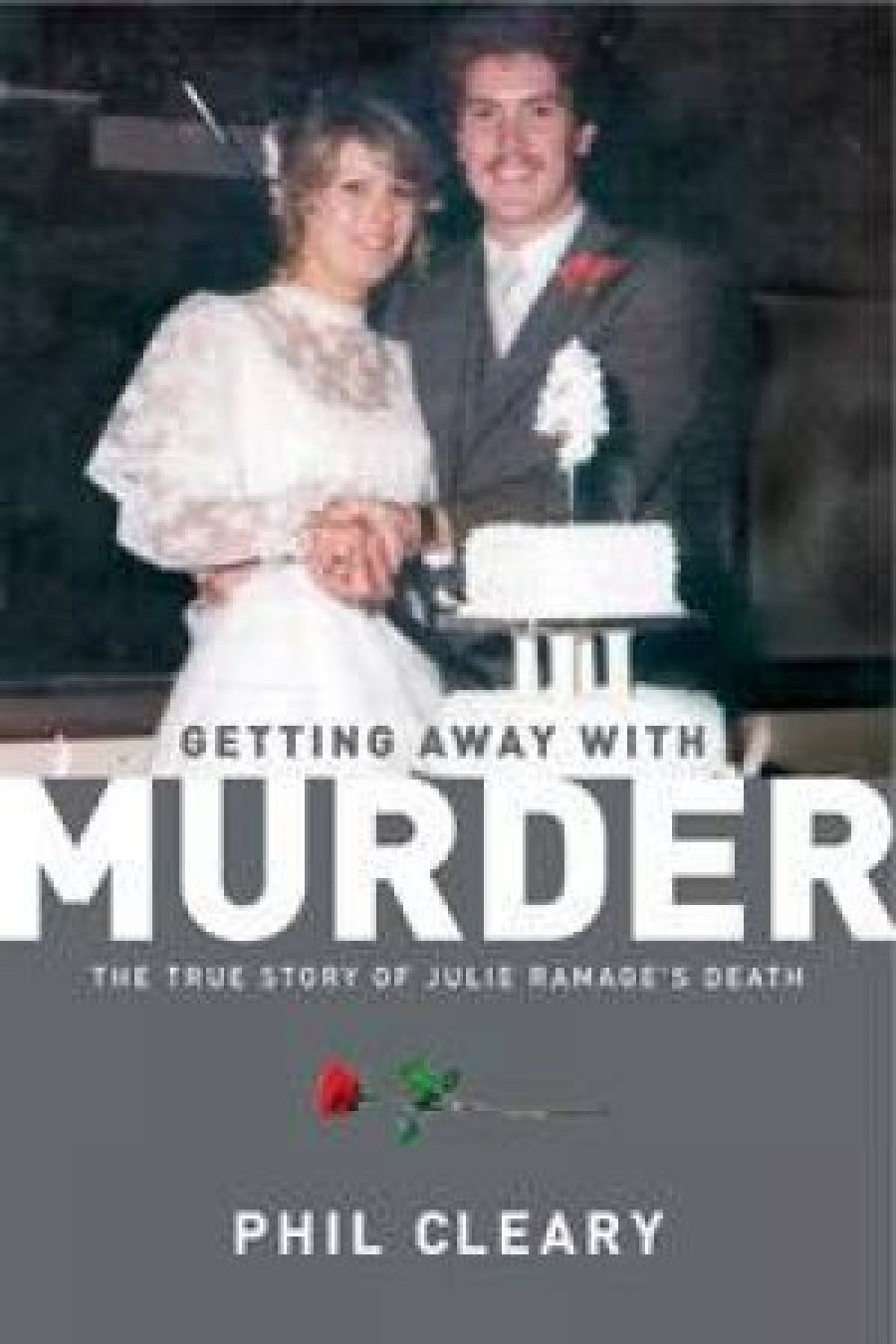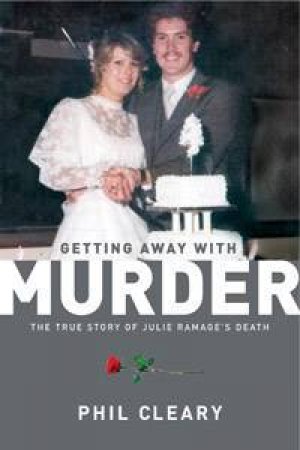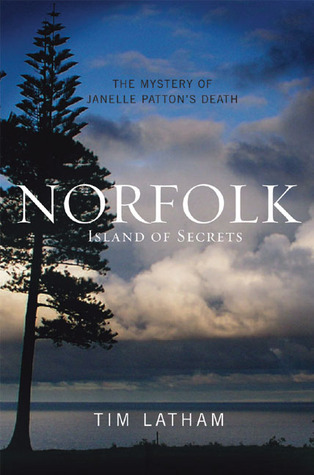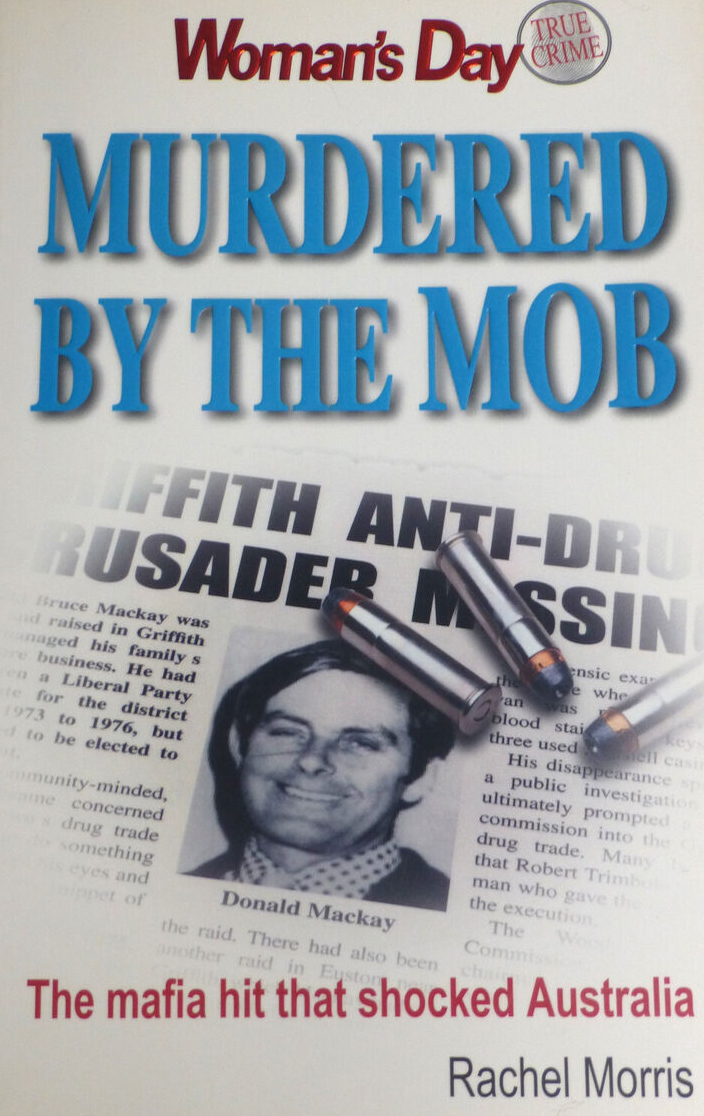
- Free Article: No
- Contents Category: True Crime
- Review Article: Yes
- Article Title: A seething stew of secrecy, sadism and sex
- Online Only: No
- Custom Highlight Text:
True crime is experiencing a boom these days. Its popularity is directly connected to the number of forensic investigative shows on television. The average viewer of CSI probably knows more about criminal profiling and blood pattern analysis than most retired police officers. At least one book, it seems, is published on every major murder committed in Australia. Some murders warrant the public’s attention more than others; they represent turning points in our society. A good example is the disappearance on 15 July 1977 of Liberal parliamentary candidate and anti-marijuana crusader Donald Mackay from a hotel car park in the Riverina town of Griffith. That evening, Mackay left the Griffith Hotel and headed for his van. A local accountant heard a groaning noise and three ‘whip cracks’. By eight o’clock that night, when Mackay hadn’t returned home, his wife became worried. At midnight, Barbara Mackay rang the Griffith police and reported her husband missing. She had been wary of calling the local police earlier because she didn’t trust them – and with good reason. Early next morning, Mackay’s solicitor found the locked van in the hotel car park. Three spent cartridges lay on the ground, and Mackay’s keys were nearby. Blood was smeared on the front mudguard, the side door and front wheel; the blood type matched Mackay’s. Despite an exhaustive search and a large government reward, his body was never found.
- Book 1 Title: Getting Away with Murder
- Book 1 Subtitle: The true story of Julie Ramage's death
- Book 1 Biblio: Allen & Unwin, $22.95 pb, 249 pp
- Book 1 Cover Small (400 x 600):

- Book 1 Cover (800 x 1200):

- Book 2 Title: Norfolk: Island of secrets
- Book 2 Subtitle: The mystery of Janelle Patton's death
- Book 2 Biblio: Allen & Unwin, $29.95 pb, 240 pp
- Book 2 Cover Small (400 x 600):

- Book 2 Cover (800 x 1200):

- Book 3 Title: Murdered by the Mob
- Book 3 Subtitle: The mafia hit that shocked Australia
- Book 3 Biblio: ACP Magazines, $11.95 pb, 291 pp
- Book 3 Cover Small (400 x 600):

- Book 3 Cover (800 x 1200):

A deeply religious man, Mackay owned a furniture business in Griffith. His vocal opposition to the marijuana plantations and ‘grass castles’ springing up in his electorate was a serious threat to the local Calabrian mafia. On the night of Mackay’s death, the key suspects – Robert Trimbole, Antonio Sergi and Tony Barbaro – had airtight alibis. The Sergis were dining with Griffith’s new police inspector and two Sydney detectives. Another visitor to Griffith that evening was the notorious former NSW detective Fred Krahe, who was working for the Nugan family and had been linked with the disappearance of anti-developer Juanita Nielsen. No one in Griffith saw Krahe arrive; no one saw him leave.
Mackay’s murder can be seen as Australia’s first political assassination and marks the entrenchment of organised crime in this country. After Mackay’s disappearance, former Immigration Minister Al Grassby circulated a defamatory document implying that Mackay had been murdered by his wife and son. Grassby later admitted that he had no evidence to support his allegations. Indeed, Grassby’s association with the Griffith mafia deserves further investigation.
One of the indicators of a worthwhile true-crime book is the number of questions it raises. Rachel Morris’s Murdered by the Mob raises several: what happened to Mackay’s body? what was Fred Krahe doing in Griffith? why were senior NSW politicians spreading misinformation about Mackay’s murder? how far did the corrupt networks of influence reach?
Phil Cleary’s Getting Away with Murder is a different type of book – raw, emotional, fiery. It tells the story of James Ramage, a Melbourne businessman who bashed and strangled his wife to death and buried her in a shallow grave. At Ramage’s trial, the defence counsel argued that Ramage was provoked by an affair Julie was having and by her recent threats to leave him. Ramage was found not guilty of murder and guilty of manslaughter. Cleary’s subsequent public campaign against the law of provocation led to a reform of the Victorian legal system: juries now have no say in determining whether provocation exists. Under the new legislation, the presiding judge will sentence according to what he or she considers is the amount of provocation. It has been a victory of sorts. Cleary is the kind of crusader every civilised society needs, a man driven to fight injustice and to expose the hypocrisies and inflexibilities of our creaky justice system.
Despite this book’s minor faults and the author’s occasional tirades, Getting Away with Murder leaves you with a growing sense of admiration for the ex-footballer and former independent member of federal parliament.
Tim Latham’s Norfolk: Island of Secrets has all the ingredients of an international bestseller. In 2002, Janelle Patton, aged twenty-nine, was stabbed to death and dumped in a reserve. The coroner listed sixty-four separate injuries to her body. The knife appears to have been a long thin blade, such as a filleting knife, the sort used to de-bone fish. Unfortunately, no foreign DNA traces were obtained from her body, but they did find flecks of green paint in her hair, shorts and underneath one fingernail. Police don’t know where Janelle was murdered or how she disappeared from a public road. Nor do they know how her body was shifted to Cockpit Reserve where it was found. What makes this story most intriguing is that the murder took place on Norfolk Island. The police have a list of every one of the 2700 people on the island the day Janelle was murdered. As Latham points out, the police have the name of the killer: they just don’t know which name is the one. They also have the prints of 1311 locals aged between fifteen and seventy years. Another 300 locals refused to give theirs voluntarily. At the inquest, sixteen people were revealed as ‘Persons of Interest’; thirteen lived on the island, the three others included Janelle’s parents, who had arrived the day before their daughter was murdered. On Norfolk Island there are 400 TEPs like Janelle – holders of temporary entry permits, which allow individuals to work there for up to three years – and the rest of the population are permanent residents, forty-seven per cent of whom are descended from the Bounty mutineers and their Tahitian wives. The seven original Pitcairn family names still dominate the island phone book. Along with the names of the descendants of Fletcher Christian and his shipmates; the other famous name is Colleen McCullough.
With all this terrific material, it is unfortunate that Norfolk: Island of Secrets is not as compelling as, say, Midnight in the Garden of Good and Evil (1995). Latham does a more than competent job investigating the murder and exploring Norfolk’s insular, some might say sinister, history, but there are strict limits to what a ‘blow-in’ journalist can discover. As Senator Ross Lightfoot puts it: ‘it’s very hard to penetrate the husk of silence that surrounds Norfolk islanders when they want to protect one of their own.’ In the case of Janelle Patton, there has never been an arrest or a key suspect named, and Latham was denied access to most documents tendered at the inquest. He was also refused permission to read any individual statements, and the locals were less than forthcoming. Given that the crime remains unsolved and the investigations are ongoing, the story feels inconclusive. Colleen McCullough penned an angry letter denouncing Latham’s enquiries to the Norfolk Islander: ‘We are being set up,’ she wrote, ‘as violent, criminal, hideous persons living in a seething stew of secrecy, sadism and sex.’ Now there’s a blurb for a book.


Comments powered by CComment